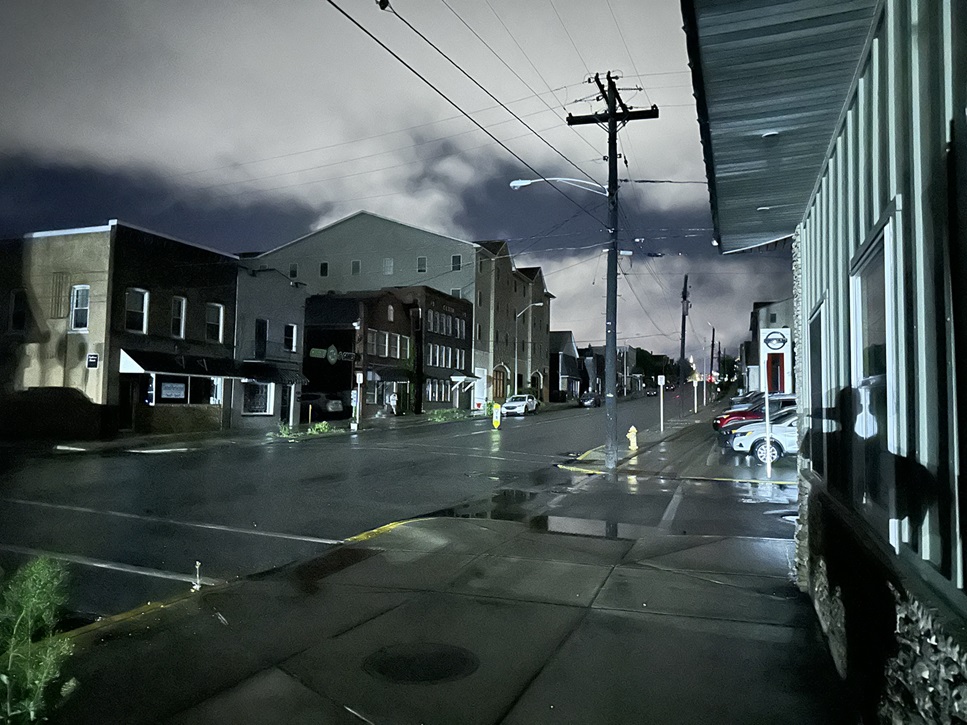The quaint college town of Indiana, Pennsylvania, found itself plunged into darkness on Wednesday evening as a severe weather event triggered a widespread power outage. The blackout, which affected most of the city, lasted for more than an hour, disrupting the usual rhythm of life in this academic community.

The power failure began at approximately 9:38 p.m., leaving residents and businesses without electricity. Penelec, the Pennsylvania Electricity Company serving the area, worked diligently to restore service, finally succeeding at around 11:00 p.m.
In response to the outage, Penelec promptly communicated with its customers through messages and emails, attributing the blackout to severe weather conditions. The utility company assured residents of their commitment to restoring power as quickly as possible, recognizing the inconvenience caused by the unexpected disruption.

The sudden loss of electricity came as a surprise to many residents, particularly international students who had assumed that power outages were uncommon in U.S. cities. This incident served as a reminder that even developed urban areas can be vulnerable to nature’s whims and infrastructure challenges. The Indiana University of Pennsylvania is located in Indiana, Pennsylvania.
While power outages are not unheard of in the region, the duration and extent of this blackout were notable. It highlighted the potential impact of severe weather on critical infrastructure and the importance of preparedness for such events.

As the town returned to normalcy, questions arose about the resilience of the local power grid and potential measures to mitigate future weather-related disruptions. The incident also sparked discussions among residents and local officials about emergency preparedness and communication strategies during such unexpected events.
This power outage in Indiana, Pennsylvania, serves as a reminder of the ongoing challenges faced by utility companies in maintaining consistent service in the face of increasingly unpredictable weather patterns. It also underscores the need for continued investment in infrastructure upgrades and emergency response capabilities to ensure the reliability of essential services in communities across the United States.



